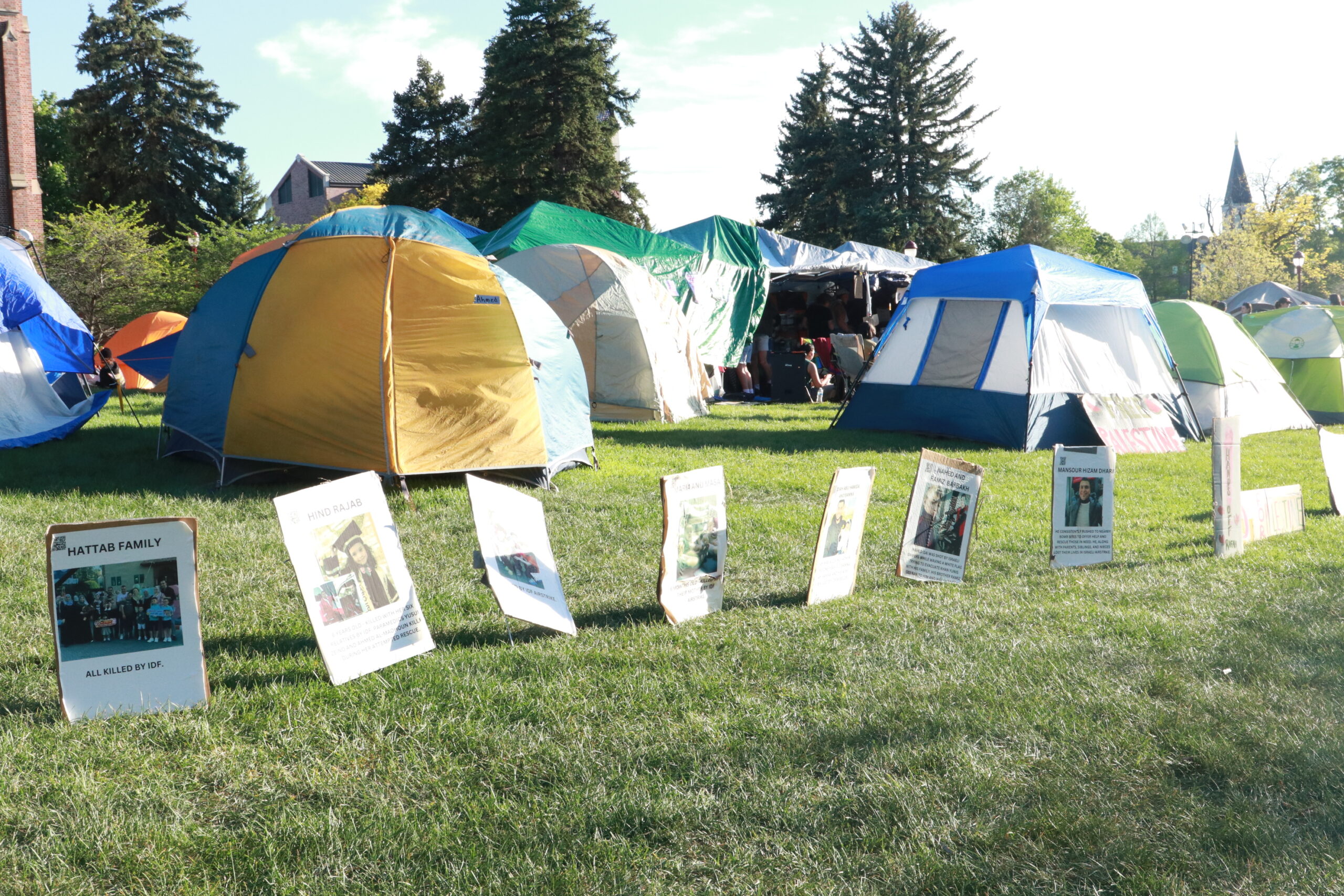Administrators performed thermal extermination in Johnson-McFarlane Residence Hall dorm rooms last Tuesday after students discovered a bed bug infestation in early-Sept.
“It works by using heat at a level of over 120 degrees for several hours to destroy bed bugs and their eggs,” said Justin Pric, executive director of Housing and Residential Education,
The infestation was isolated to Johnson-McFarlane Hall.
“DU has a relatively limited situation with only four rooms in one residence hall affected,” said Justin Price, executive director of Housing and Residential Education. “We are aggressively working to ensure that it remains that way.”
To make sure that the bedbugs don’t return, DU has chemically treated four rooms and will perform thermal extermination in 12 rooms in the residence hall. They are also going to inspect residence halls regularly using a bed bug detection dog.
This isn’t the first instance in which DU has fought a battle against bed bugs.
In Nov. 2010, six cases of bed bugs were reported — two in Nelson Hall and four in Centennial Halls. DU threw out infested mattresses, laundered students’ clothing and sprayed all six units to get rid of the bugs.
The pests can survive up to one year without feeding. They find dorm beds an ideal place to live.
While the situation has been stabilized, the infestation has made it uncomfortable for students
“I woke up the first morning with about 60 bites,” said freshman Andrew Neely.
When Neely woke up on the second night with more bites, he had a hunch something was wrong.
“I spent about a minute on the internet, and it became obvious it was bed bugs,” he said.
Administrators performed thermal extermination on Neely’s room after he brought the problem to their attention.
Neely, who got at least 100 bites total, felt everyone was surprised when it wasn’t resolved after the first spraying.
“This isn’t something people are used to dealing with,” he said. “I hope it’s finally done.”
No one is exactly sure where the bed bugs came from.
Price theorizes that the problem can be tracked to old furniture.
“As students move about from place to place, buy second-hand furniture or any number of factors, there is the potential that they also can acquire bed bugs,” said Price.
This proved to be the case when the bugs appeared on the other side of Neely’s room after surviving two chemical treatments.
Neely and his roommate decided to take precautionary measures.
“We did a lot of laundry,” he said. “Basically the whole time this was going on, we were washing our clothes and drying them.”










